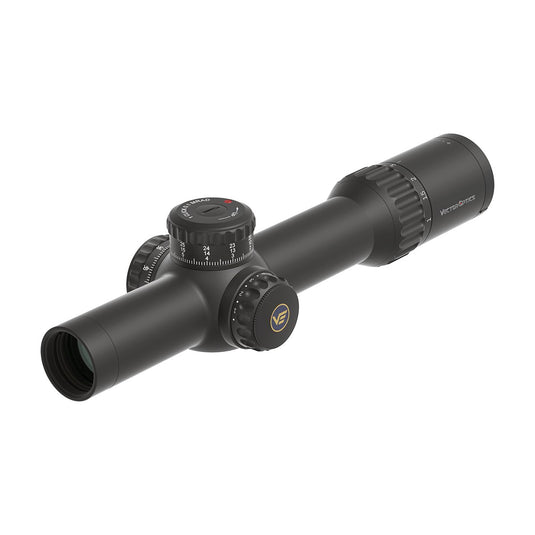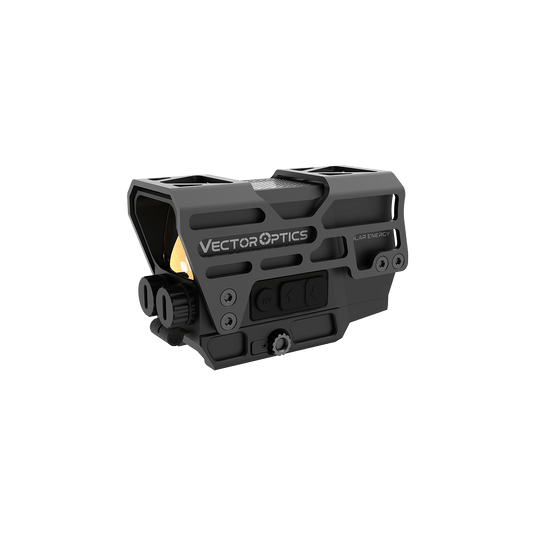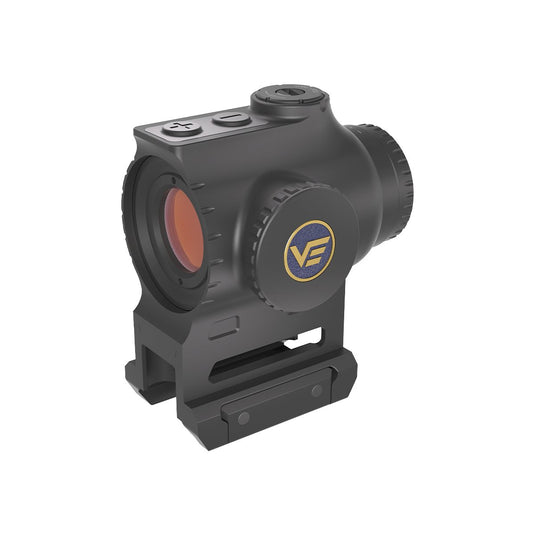3MOA vs 6MOA Red Dot Sight, How to Choose?
Evelyn: Stephen, I'm considering purchasing new red dot sights, and I'm having trouble understanding the difference between the 3 MOA and 6 MOA dot options. Could you please explain the distinction between them and provide guidance on how to choose the appropriate one?
Stephen: Certainly, Evelyn. First of all, before we get into the dot size, let’s first talk about some basics about red dot sights and MOA. How much do you know about red dot sights?
Evelyn: Red dot sights are designed to make it easier to aim accurately at close to moderate ranges. Instead of aligning the front and rear sights with the target, all you need to do is line up the target with the dot and pull the trigger.
Stephen: Yes, that’s where MOA is needed. Do you know what is MOA?
Evelyn: The MOA, or Minute of Angle, refers to the measurement of the dot's size at a specific distance. At 100 yards, 1 MOA is roughly equal to 1 inch (1.047”), 3 MOA is roughly equal to 3 inch, 6 MOA is roughly equal to 6 inch. A 3 MOA dot will appear smaller than a 6 MOA dot when viewed through the sight.
Stephen: Yes, for more details about MOA, you can check MIL or MOA? How to use them?
Evelyn: I see, so in this case a 3 MOA dot covers 3 inch at 100 yards, 1.5 inch at 50 yards and 0.75 inch at 25 yards; and a 6 MOA dot covers 6 inch at 100 yards, 3 inch at 50 yards and 1.5 inch at 25 yards, right?
Stephen: Yes, check Picture 1

Evelyn: and what are the pros and cons of the 3 MOA dot?
Stephen: The 3 MOA dot covers less of the target, providing a clearer view and greater precision when aiming at smaller targets or engaging targets at mid to long range distances. However, it can be difficult to see in bright sunlight, and it also requires more time and focus to line up your shot at close ranges.
Picture 2

Evelyn: And what about the 6 MOA dot? What are the pros and cons?
Stephen: The 6 MOA dot covers a larger area of the target, making it more visible and easier to track when engaging moving targets at close range. The larger dot size also helps with faster target acquisition, particularly in dynamic shooting scenarios or when engaging multiple targets. Furthermore, the larger dot can be beneficial for shooters with visual impairments, as it is easier to see and acquire. However, at long ranges, it can be difficult to shoot as it can cover too much of the target.
Picture 3

Evelyn: I see, and how can I decide which one to choose?
Stephen: When deciding between a 3 MOA and 6 MOA dot, it's important to consider your shooting purposes and preferences. If you value precision and accuracy, particularly for mid to long range shooting, a 3 MOA dot would be more appropriate. Conversely, if you require faster target acquisition and engage in close-quarters shooting, a 6 MOA dot may be a better choice.
Evelyn: Thank you, Stephen. That explanation clarified things for me. I now have a better understanding of the differences between the 3 MOA and 6 MOA dot options and can make an informed decision based on my shooting needs.
Stephen: You're welcome, Evelyn. And just a quick question, what about the advantages of 1 or 2 MOA red dot? Do you know?
Evelyn: Yes, 1 or 2 MOA dots are more suitable for long-range precise shooting.
Stephen: That’s right, If you have any more questions, feel free to ask!
Evelyn: Thank you for your help!
Stephen: You are welcome!
































